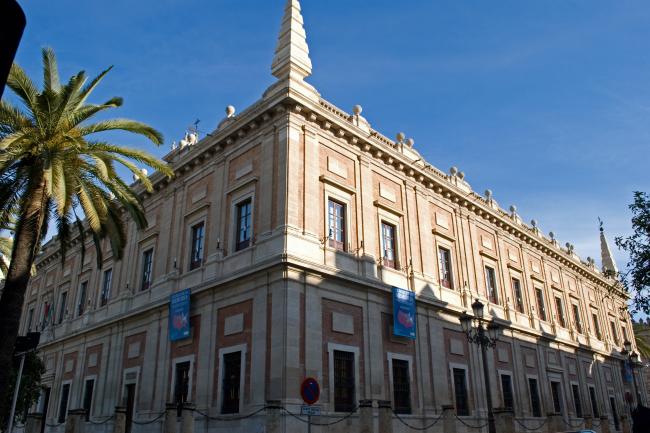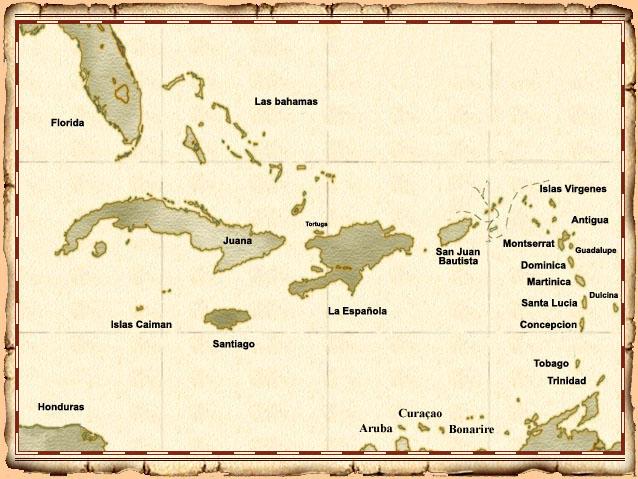During the period of conquest the commercial relationship between Spain and the New World was structured from the establishment of the Contracting House and the centralization of Indian trade in Seville. This system, characterized by historiography as a monopoly, only favored a small group of subjects of the crown.
In practice, the colonies developed economically according to the needs of the metropolis, that is, as exporters of raw materials and precious metals. Spain, on the other hand, tried to supply Honduras with manufactured products, inhibiting all native industrial activity that could compete with that of the metropolis.
Through the system of galleons and fleets, imposed in the sixteenth century, the crown secured its monopoly, monitored transatlantic traffic and protected it from the increasingly frequent attacks of its main European rivals (Holland, England, France). This explains why the fortresses of Santa Barbara in Trujillo and San Fernando in Omoa.
Tax System
The tax system implemented by the Spanish crown since its inception was well defined. On the one hand, its centralist character stands out, since all the political guidelines on income and expenses were established and controlled from the peninsular organisms, whether the Contracting House, the Treasury Council or the Council of the Indies. Secondly, their homogeneity, by which similar criteria were applied throughout the American territory; thirdly, their collegial functioning that implied the joint action of their officers.
The administrative machinery of the tax branch was in the hands of the royal officers and they were responsible for everything related to the real interests in tax matters. The treasurer was in charge of reviving all income and making payments; the accountant was in charge of recording the movements of the funds and issuing the corresponding certificates; the factor controlled the sale and distribution of the king's goods, as well as their surveillance in the warehouses where they were deposited; finally, the overseer was in charge of inspecting the payment of taxes, mainly the fifth royal.
In Honduras, the measures taken for the collection of real income consisted of the following taxes:
Quinto Real: Percentage that the crown obtained from the exploitation of metals equivalent to 20% of production.
Almojarifazgo: Royal duty for trade with America equivalent to 5% on goods leaving Spain and 10% on goods arriving in America.
Alcabala: It was the fiscal tax that oscillated between 5% and 10% applied to the sale and purchase of merchandise, there was the fixed alcabala applied to local and wind transactions, to transactions carried out by foreigners in the ports.
Tributo: Tax paid by the indigenous population and could be in currency or species.
Diezmo: Tribute paid to the crown for the value of goods that entered or passed through the jurisdiction of the kingdom.
Estanco: Tax paid for the consumption of brandy, gunpowder and tobacco.
The smuggling trade as a consequence of the restrictive policy and the weaknesses of the security system of the Spanish crown, promoted the culture of smuggling to the detriment of the real income for the crown and therefore weakening as an empire. Illicit trade was also any contravention of something that was forbidden by the side, at the voice of a town crier. So too was everything forbidden to be introduced into colonial territories by other nations or people outside the Kingdom. More and More merchandise introduced into the colonies illegally was smuggled.




